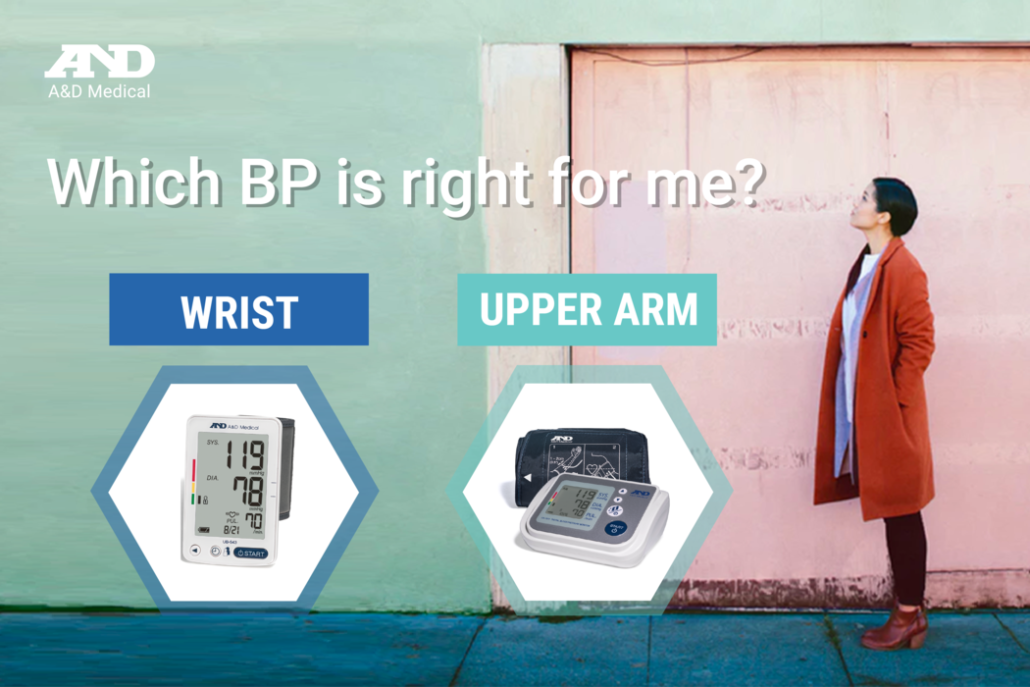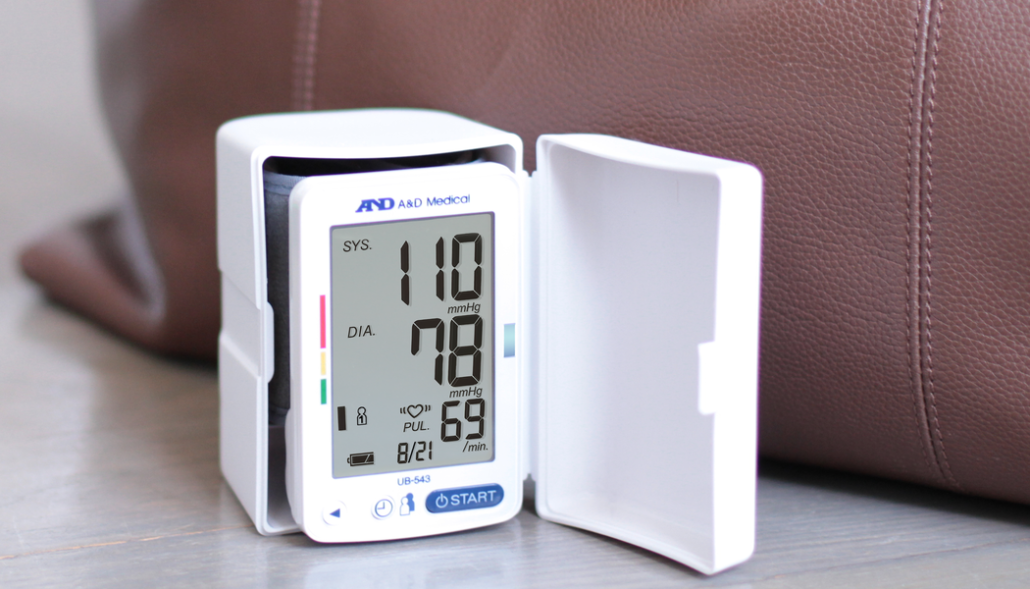Which BP Monitor is Right for Me – Wrist or Upper Arm?
Blood pressure monitoring is something many leave to the professionals, but for those with hypertension (about 46% of adults), that may not be an option. With so many home blood pressure monitors to choose from, though, it can be a bit overwhelming to find a dependable and accurate home blood pressure monitor.
In the world of at-home blood pressure monitoring, there are two main contenders:
- Upper arm monitors – odds are you’re familiar these because they’re used frequently in many doctor’s offices.
- Wrist monitors – the challenger to the upper arm monitor heavyweight.
Both have their pros and cons. To see which one makes the most sense for your needs, check out this quick and easy breakdown of your at-home options.
Keys to an accurate reading
The first and most important tool for an accurate at-home blood pressure reading is proper technique. Whether you opt for wrist or upper arm, how you monitor your blood pressure is just as important as the monitor you use.
- Be consistent – That means taking your blood pressure the same time of day and, if possible, same location. If not, make sure you’re seated in a similar chair with your arm rested at the same height.
- Stay still – For 30 minutes prior be sure to avoid exercise, caffeine, and smoking.
- Cross your heart – The cuff should be at the same level as your heart. Whether you measure with your upper arm or wrist, be sure you’re seated comfortably with your arm supported so you can hold the cuff at the correct height for an accurate reading.
- Snug fit – Make sure you are using the correct cuff size. Check the size from the manufacturer against your arm and wrist measurements – a cuff that is too small or too large can impact your readings!
The upper arm monitor
What makes the upper arm BP monitor a favorite for blood pressure readings?
As you might have surmised from the guidelines above, one reason many people prefer upper arm monitors is that the cuff naturally rests at the same level as your heart. That makes it easy to quickly and accurately measure blood pressure, both in a clinical setting and at home.
If you’ve heard that upper arm monitors are hard to use, rest assured! At-home blood pressure monitors are easier to use than ever. Features like pre-formed cuffs, as well as digital screens and automated processes are just a few of the options that can make monitoring your blood pressure simpler.
Check out our upper arm monitors here.
All in the wrist
Of course, if you’re looking for simplicity with a little less bulk, a wrist monitor may make more sense. While they’re less familiar than upper arm cuffs, wrist monitors have become more common due to their portability. These smaller models have all the bells and whistles of the upper arm cuffs, but their compact size makes them ideal for travel.
Wrist cuffs are also ideal for people with arm/hand mobility limitations. Or for those with larger upper arms, the wrist monitor can be a more comfortable and easier to use alternative.
If you follow the guidelines above, they can be just as accurate as upper arm monitors, but with some added convenience.
See our wrist blood pressure monitor options here.




